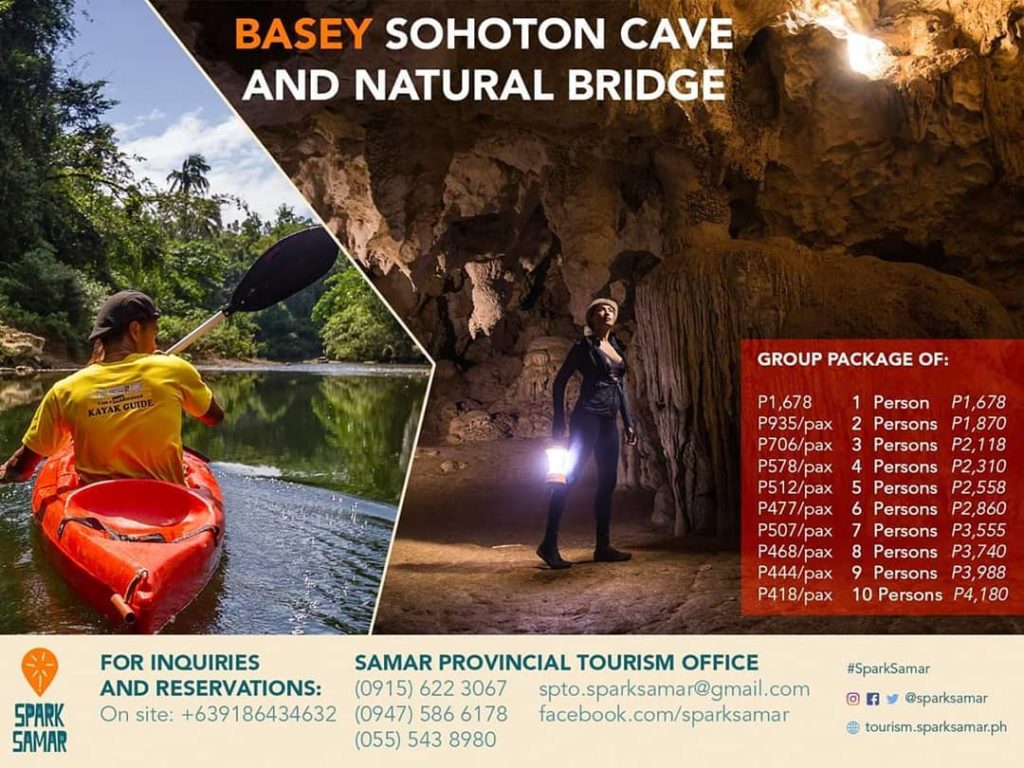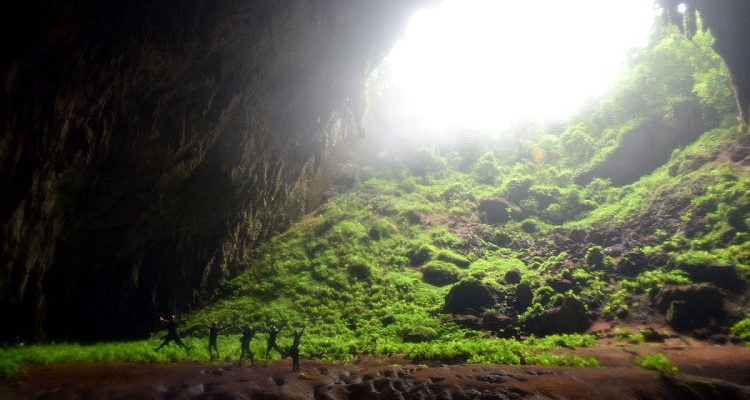(SPOT.ph) Seeing how much damage commercialism has caused in local tourist destinations like Boracay, the Department of Tourism and Department of Environment and Natural Resources are currently scrambling to save it from further damage. They’re also looking into helping Siargao turn its open dump into a sanitary landfill to prevent it from becoming the next Boracay. These islands have proven that tourism can be a double-edged sword—on one hand, it improves the economy and promotes the beauty of the country; but on the other, it threatens our natural treasures. But it seems that Western Samar is on the right track, boosting its tourism without having to abuse the environment.

Not a lot of people are familiar with Samar Island, probably except that it lies on the other end of San Juanico Bridge in Eastern Visayas. It is often billed as one of the last frontiers in the Philippines, hosting the largest remaining lowland forest reserve in the country. To preserve this, more than 300,000 hectares of the island were declared as a protected area—the Samar Island Natural Park—in 2003. This covers the various municipalities across the three political domains: Western Samar (a.k.a. Samar Province), Eastern Samar, and Northern Samar. There’s also the Calbayog-Pan-As Hayiban Protected Landscape, Biri Larosa Protected Landscape/Seascape, and Guiuan Protected Landscape/Seascape that are all protected by the the Department of Environment and Natural Resources (DENR). It is also under a 50-year moratorium on large-scale mining activities since 2003.
As part of the Samar Island Natural Park, Samar Governor Ann Tan sees both the responsibility of caring for the environment and the potential in drawing in tourists to boost the province’s economic value. They launched the tourism campaign Spark Samar in 2015 with the goal to “unravel the beauty of [the] province and overcome [their] negative image of being steeped in disaster, poverty, and conflict.”

“We came up with Sparks Samar Development Agenda. We use tourism and agriculture as fuel. Nagcu-cut across siya sa value chain. ‘Yong iba-ibang agencies, ‘yong iba-ibang departments, nakapaloob doon,” she explains in an interview with SPOT.ph on February 27. At first, her idea was met with criticism as colleagues feared that it might be a waste of funds and resources especially for a province that’s struggling to make ends meet. “Ano ba ang kinakatakot natin e nasa baba na tayo? Wala na tayong ibababa kasi nasa baba na tayo,” she remembers telling them.
What was thought to be a curse—that of being a protected area with hampered development especially in terms of infrastructure—was eventually turned into an asset (“Alam naman natin na ‘yong potential natin is tourism. Sumigaw na tayo na meron tayong tourist attraction.”). They’ve focused on developing what the province is most known for—a number of caves and waterfalls. Three years after Spark Samar was launched, the government has allotted almost P500 million in funds for road development specifically for access to these tourism spots.

The lack of investors was also turned into an opportunity: The local government trained locals to serve as administrators in the tourist spots, and even former illegal loggers have become tourist guides. “We collaborate with other agencies such as DOT, DTI, DOST, DepEd, tapos TESDA. Eventually, naturuan namin sila,” the governor says. Right now, people’s organizations in Ulot River, Sohoton Natural Bridge, Calbiga Caves, and others manage all tourism efforts in their respective areas. Some have even requested lessons in bookkeeping, much to Tan’s surprise. “Kumikita na sila pero nahihirapan sila sa financial management. They see that they’re earning, they can see na may i-improve pa ‘yon. Parang in-empower din natin sila,” she beams.
The numbers prove how Spark Samar sparked tourists’ interest—from 118,018 arrivals in 2013, the crowd grew to 207,709 in 2016. But more than that, the campaign also ignited its locals’ sense of identity and pride in their province.




